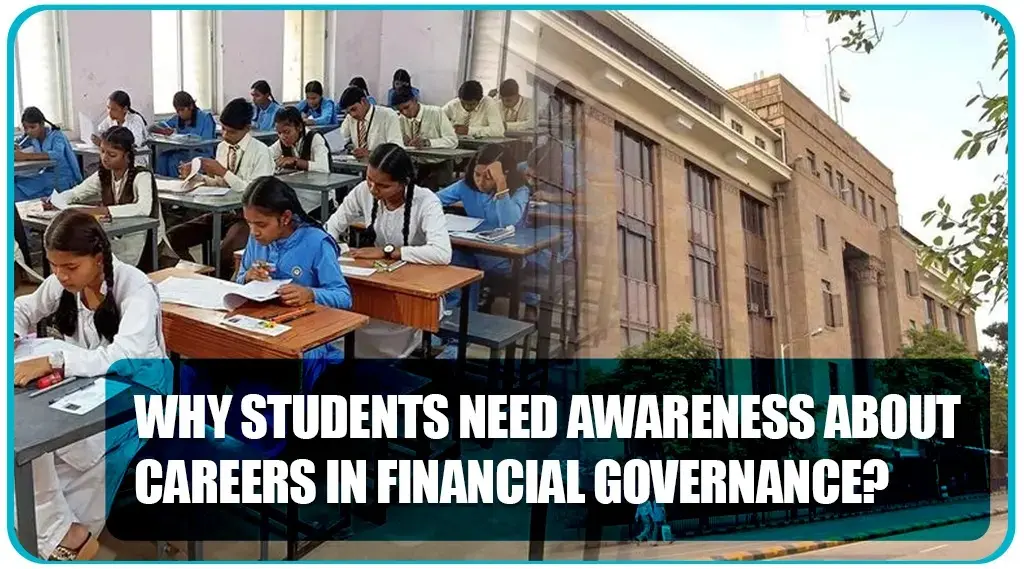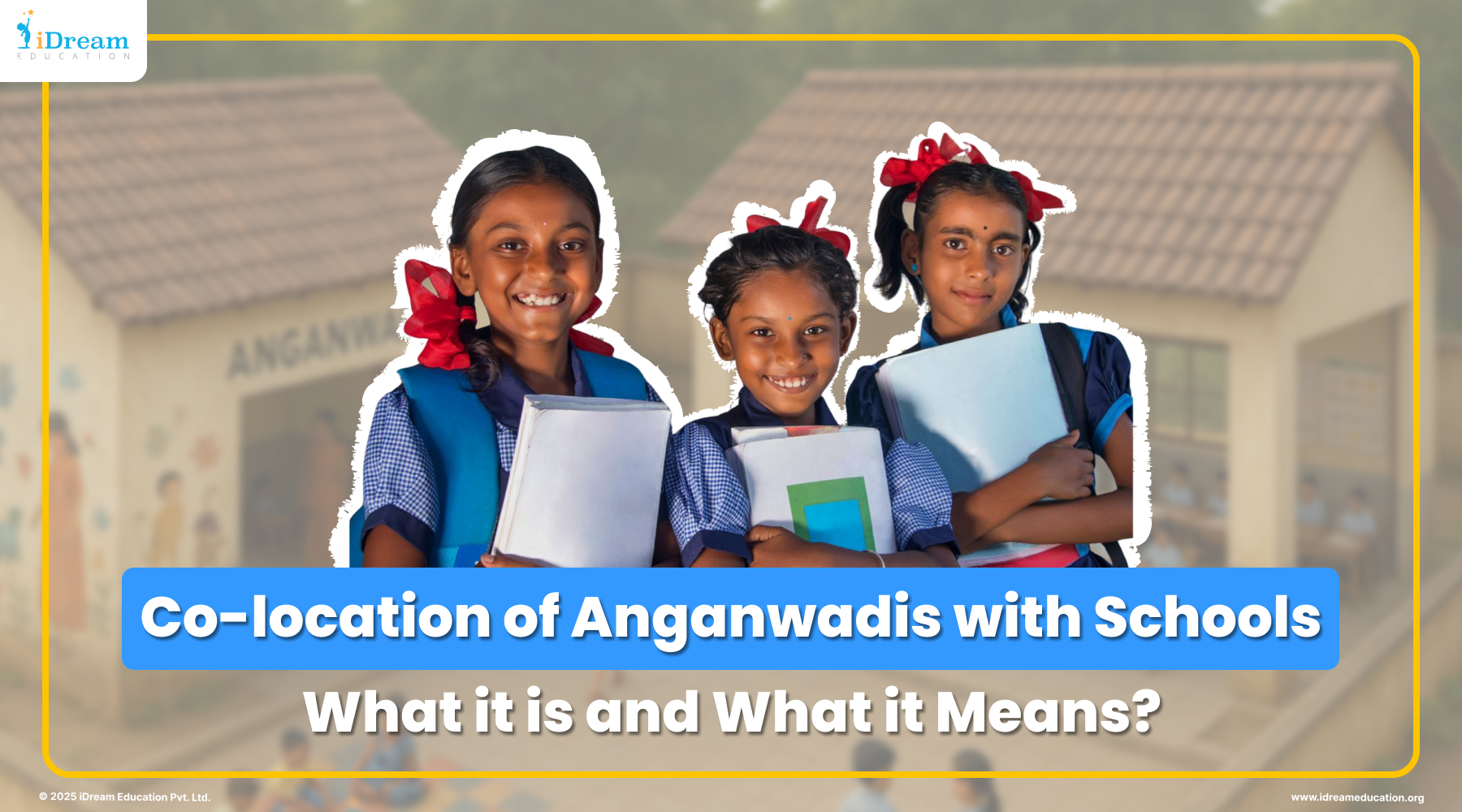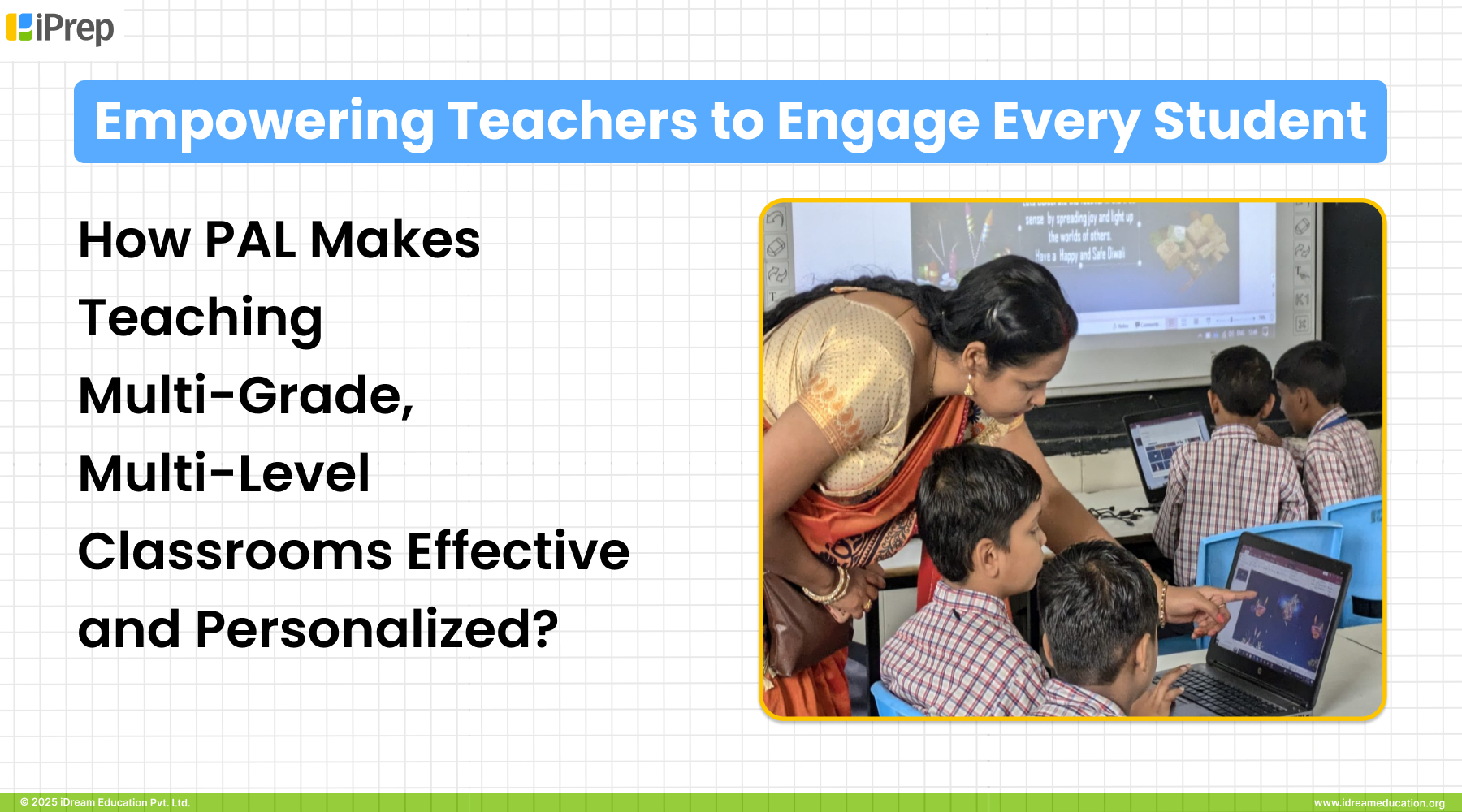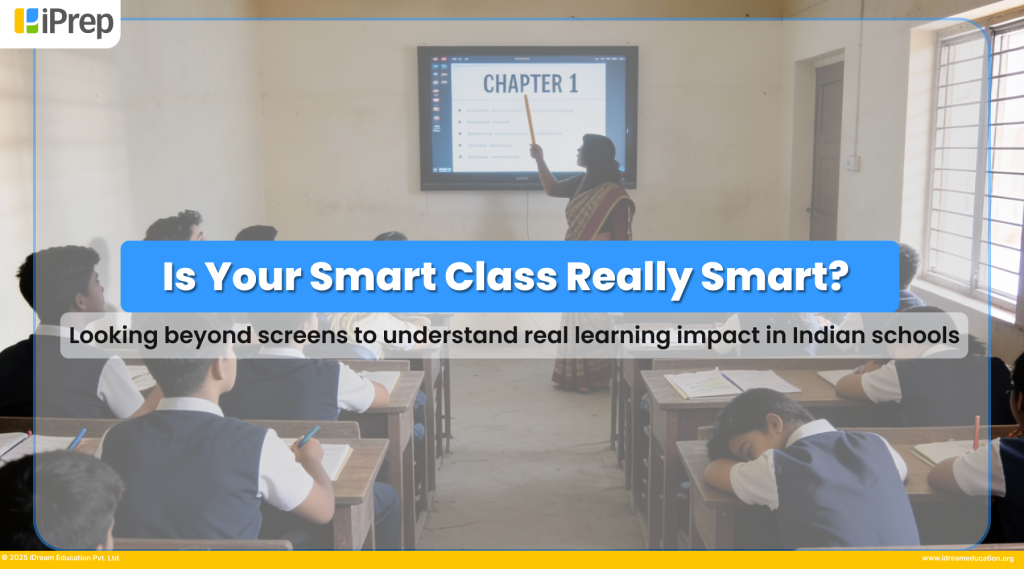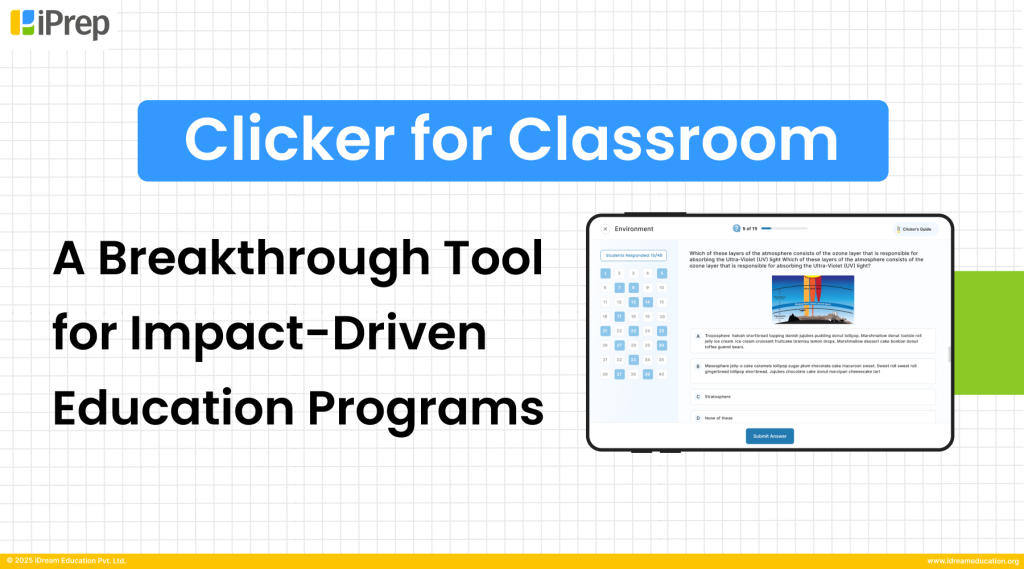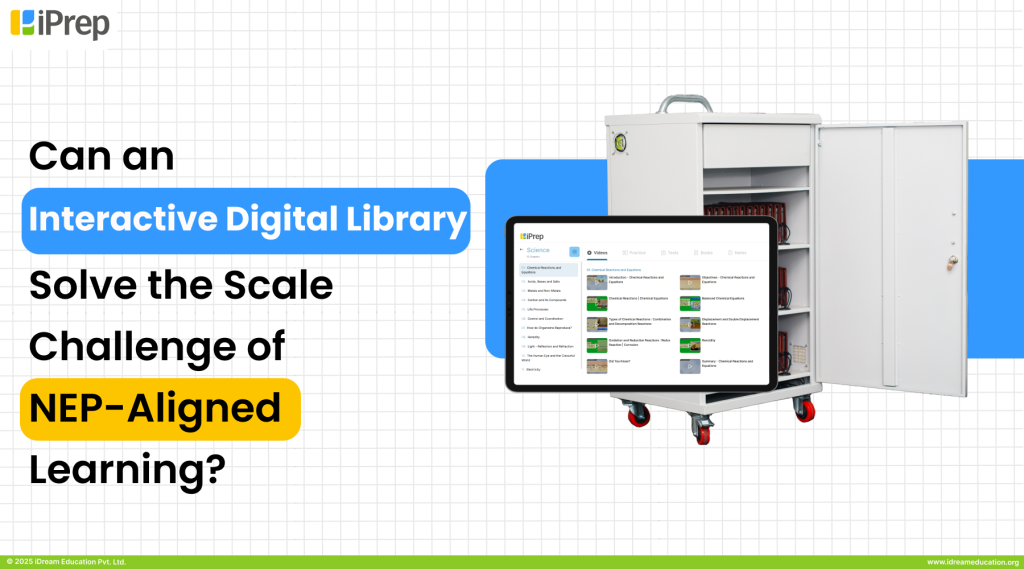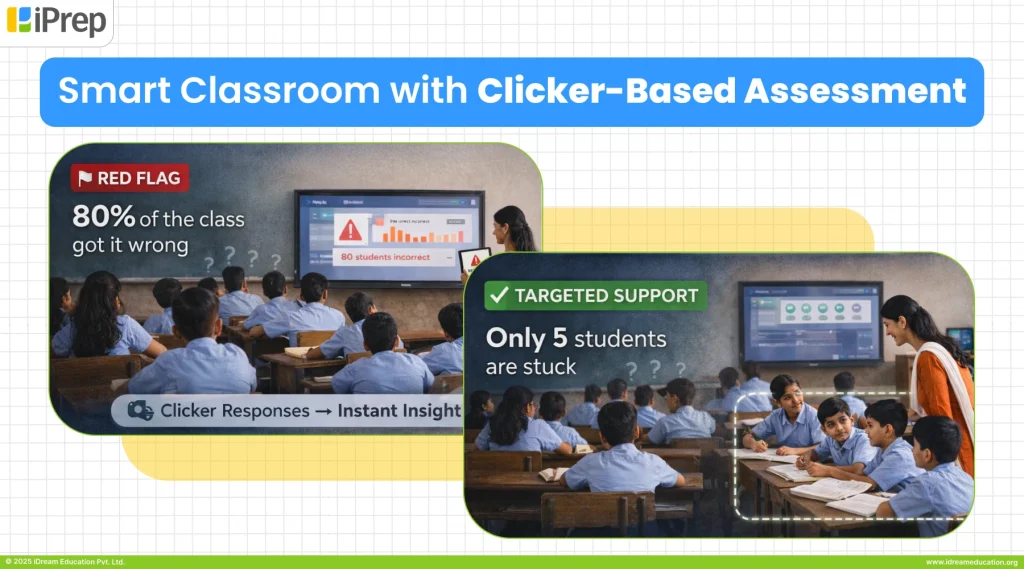What Nobel Laureate Michael Kremer says about education in India is hard to ignore: “If I were a policymaker in India, I’d go ahead with personalized adaptive learning.” And we couldn’t agree more.
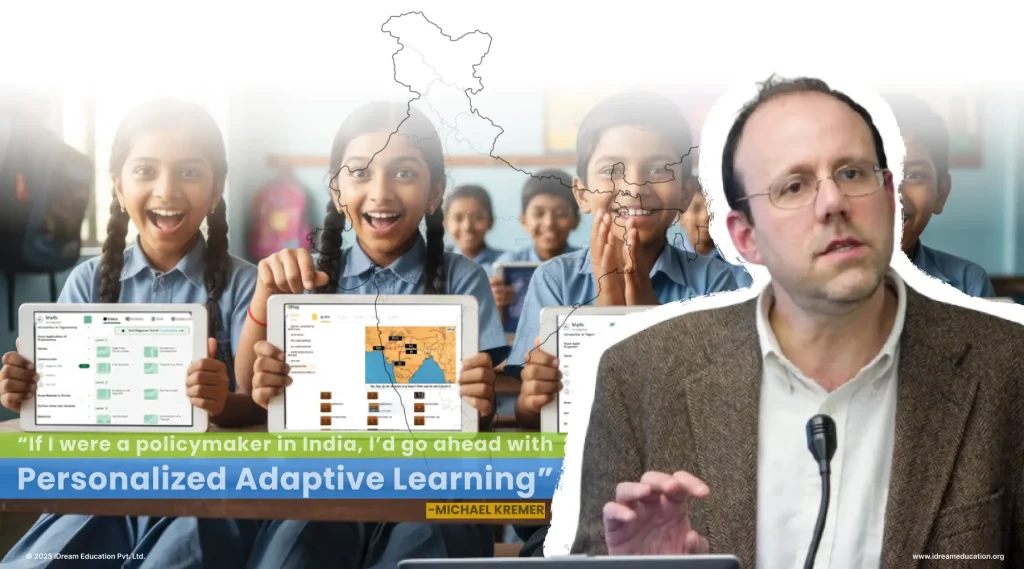
In a country where millions of students struggle to reach even grade-level learning, lose interest without understanding the root of their difficulties, attend classes irregularly, or disengage from certain subjects, Personalized Adaptive Learning (PAL) is essential.
PAL solutions have the power to transform classrooms from a rigid, one-size-fits-all system into a model which understands that one size does not fit all. PAL enhances learning outcomes by helping students understand their actual learning gaps, guiding them along personalized paths, and allowing them to improve at their own pace. Instead of treating all students the same, it meets each learner where they are, making education both more effective and more equitable.
Evidence from the Andhra Pradesh PAL Study is compelling.
Kremer’s team at the Development Innovation Lab, University of Chicago, evaluated PAL in 1,224 government schools in Andhra Pradesh. Their findings PAL study are insightful: His PAL research, along with a PAL study conducted in Andhra Pradesh, showed that PAL significantly accelerated learning. Students achieved the equivalent of 1.9 years of schooling in just 17 months—nearly double the progress made through traditional methods. Most strikingly, students at the bottom of the class recorded the greatest gains. In a system where the weakest students often fall further behind, PAL’s ability to lift the lowest performers is nothing short of transformative.
As Kremer explains,
“PAL works by adapting lessons to each student’s level. If a child struggles with subtraction, the program reinforces it before moving to division. If another is ready for advanced problems, it challenges them appropriately. It automatically adjusts to meet the student where the student is…Our results suggest this helped students wherever they were because it went to meet them.”
This is exactly what effective education should achieve for every student. It should ensure that when students miss foundational concepts, the next lessons don’t feel overwhelming. Education must be adaptive, meeting learners where they are and guiding them toward their full potential.
Kremer further emphasized:
But PAL’s success is not just about technology, it’s about teachers too. He said, “teacher involvement and real-time engagement checks are critical”. And that is exactly what PAL software achieves: it enhances the role of teachers rather than replacing them, enabling teachers to focus on mentoring, monitoring, and ensuring that every student truly benefits from a personalized learning experience.
Although the Andhra Pradesh study focused on Classes 6 to 9 across 1,224 government schools, Kremer emphasizes that PAL is worth implementing in younger grades as well. For a country such as India, where classroom diversity is vast and educational inequities are widespread, PAL is not just an innovation – it is a necessity for an education system long plagued by learning gaps and missed opportunities.
Kremer’s message is clear and urgent: India cannot afford to ignore personalized adaptive learning.
The PAL study clearly shows that PAL works, but the focus must now shift to how urgently it should be heard, understood, and implemented so that every student, in every classroom, can benefit from learning tailored to their needs.
But to Truly Deliver Results, PAL Must Be Implemented Thoughtfully
To make Personalized Adaptive Learning truly effective – whether at the school level or for statewide PAL integration, it is not enough to adopt the technology. Understanding how PAL is implemented in classrooms is critical to achieving the meaningful improvements in learning outcomes highlighted by Michael Kremer. Evidence from Andhra Pradesh and Rajasthan shows that while the PAL software itself drives learning, its success hinges on structured, programmatic intervention such as:
Enable PAL Solution That Promotes Student Learning Without Judgment
The PAL solution chosen for implementation must go beyond creating personalized learning paths, it should actively motivate students to stay engaged in remedial learning. The design should allow learners to progress seamlessly, without realizing they are being taken back to previous grade levels. Remedial content should be integrated naturally into their journey, accessible as part of their learning path rather than as a separate or stigmatized activity.
Such an approach is crucial for schoolwide/statewide PAL adoption. When students know they can revisit concepts without fear of judgment or comparison, they are more likely to embrace the system, reflect on their gaps, and work to close them. The solution should also ensure that all content is synced with the curriculum so that learners remain aligned with grade-level expectations, regardless of how much remedial material they access. Finally, the system must give students the time and flexibility to cover historical learning gaps at their own pace, without pressure, so progress feels natural, continuous, and empowering.
Experiential Training for Teachers and Students
Experiential training is a critical intervention to ensure PAL adoption and to drive meaningful outcomes from school- or state-level PAL implementation. It must go far beyond handing over devices preloaded with software. Instead, training should be designed as a hands-on, student- and teacher-centric experience that builds confidence, clarity, and ownership.
- For students, this means being guided through every step of their learning journey: how to take diagnostic tests, how remedial learning is embedded in their path, how to engage with content meaningfully, when and how practice tests or final assessments will appear, how to make use of hints and attempt multiple practice sessions without fear of judgment. The focus should be on mastery, progress tracking, and building self-awareness of their own learning journey.
- For teachers, experiential training must empower them to use PAL as a tool for guidance rather than as a replacement. Teachers should be taught how to track student data, interpret progress reports, and identify which students may need personalized, in-person support. With these insights, teachers can adapt classroom instruction, mentor individual learners, and ensure that PAL complements rather than competes with their role.
By investing in structured experiential training on PAL, schools and states can ensure that both students and teachers understand not just what PAL is, but how to use it effectively, helping them improve learning outcomes.
Regular School Visits to Ensure Smooth Implementation
A PAL program should not be just about deploying devices and software, it should be about ensuring consistent and meaningful use. For students to progress steadily, they must be able to access PAL without long interruptions caused by technical glitches, device issues, or lack of support. If such barriers remain unresolved for weeks, students lose momentum, teachers lose trust, and the program’s long-term impact is compromised.
That is why regular visits to schools are critical. Implementing partners must stay closely connected with teachers and students. This ensures continuous track of how well the software is being used. These visits should provide immediate troubleshooting support, address usage challenges, and ensure that both teachers and learners remain engaged. By maintaining this on-ground presence, schools can avoid delays, sustain consistent usage, and ultimately translate PAL into real and timely progress for every student.
Usage Reporting and Monitoring Outcomes
- For PAL to create measurable impact at scale, every school/ every statewide PAL ecosystem must have transparent visibility into both usage and outcomes. Impact is not enough by installing the PAL software; stakeholders must know how often it is being used, by whom, and with what results.
- The PAL solution should therefore include real-time usage tracking, with offline capability and automatic syncing to a centralized reporting dashboard. This enables project authorities and education officials to clearly monitor adoption trends, learning progress, and gaps across schools. With such insights, decision-makers can plan targeted teacher training or retraining, identify where additional support is needed, design appreciation programs to motivate adoption, and make data-driven choices for project expansion.
- By embedding robust monitoring and reporting mechanisms, PAL becomes more than just a technology, it evolves into a transparent, accountable ecosystem where usage drives outcomes and outcomes guide future action.
These programmatic interventions are critical when enabling Personalized Adaptive Learning. To truly deliver results, PAL must be implemented thoughtfully and systematically.
With our PAL solution already being used by more than 5 lakh students across India through PAL lab setups and personalized tablets, we are consistently seeing year-on-year improvements of 30–40% across subjects and grades. Our first official PAL report on 12 months of usage trends and outcomes from schools in Punjab will be released soon. Stay Tuned



